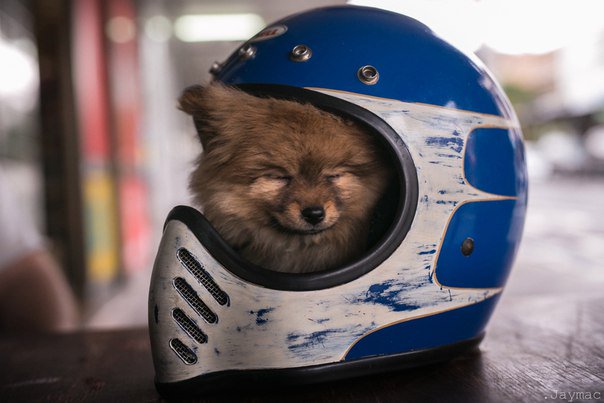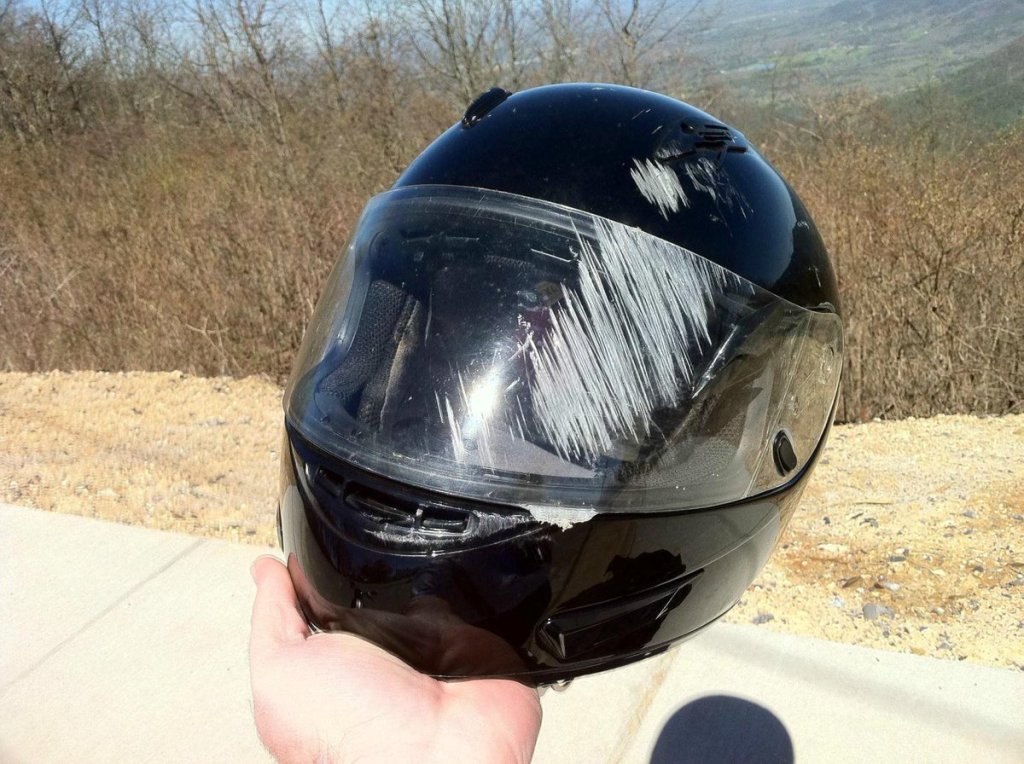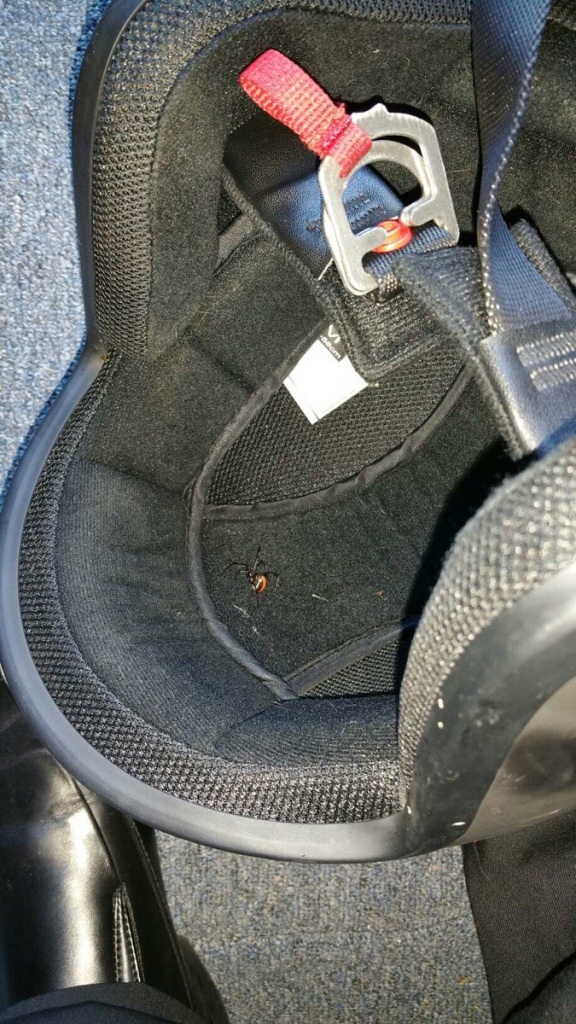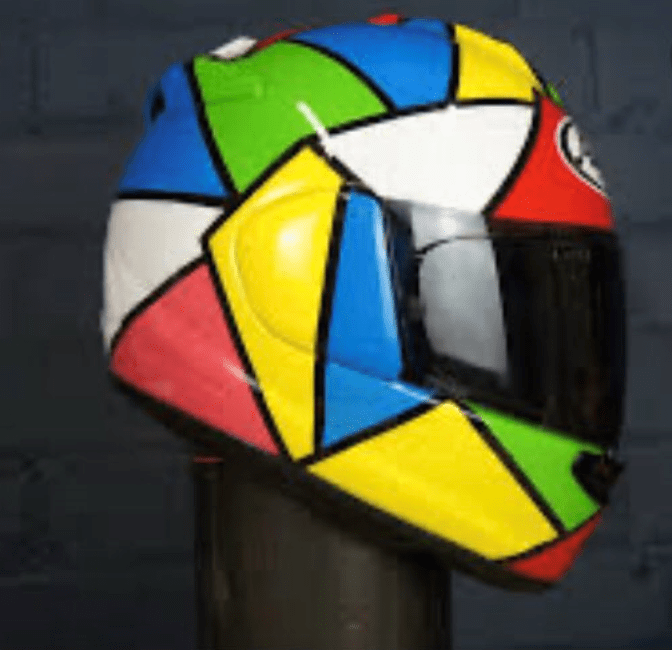Whether you’re just replacing one helmet due to age or degradation, or if you’ve found a stack of old helmets in your Dad’s garage, figuring out what to do with them after they’ve outlived their usefulness can be tricky. Motorcycle helmets can’t be resold or given away for future use as their safety can’t be guaranteed.
So what can you do? Here are a few possibilities for dealing with old helmets.
Donate to Emergency Services
Perhaps the best way to dispose of an old motorcycle helmet is to find an emergency services department that might be interested in using intact helmets for training. They can use them to teach first responders how to safely remove a helmet from an accident victim who may be injured. Removing a helmet from a patient who might have a head, neck, or back injury can be difficult, as helmets are heavy and unwieldy. Emergency personnel responding to an accident need to learn to remove helmets without risking further injury to patients. However, there may be more helmets available than they need, and if you can’t find a department in need, there are still several other options.
If you aren’t donating the helmets to such a group, you should immediately cut the chin strap off completely to prevent someone from fishing it out of the trash and attempting to use it. Used helmets can be dangerous to use.
Upcycle as Decorations
Some creative types have found creative ways to use helmets as decorations. You can set up a decorative display of your old helmets on a wall, especially if they were custom painted. Others have taken motorcycle helmets and turned them into flower pots and planters for the garden. You can also buy a lamp kit and turn your old helmet into an interesting desk lamp or outdoor lantern.
Check with Local Recycling Center
You can call your local recycling center to see if they accept motorcycle helmets for recycling. Don’t be surprised if the answer is “no.” Due to the different chemicals and materials used in manufacturing safe and sturdy helmets, many recycling centers are not equipped to process them. Those that are may request that you disassemble the helmet before recycling, so be prepared to pull out the padding and foam before you drop if off.
Dispose in Regular Trash
It’s not ideal, but if you have no other options, you can dispose of the helmet in your regular trash. Just make sure that you bag it appropriately, and that you have destroyed it before you do. In addition to cutting off the chin strap, you can also cut it in half with a saw or have some fun with your friends and try to beat it up with an axe or sledgehammer. Just be warned that trying to break a helmet with sheer force is sometimes impossible. After all, they are designed to withstand traumatic impacts at highway speeds.
Haul Away Service
It’s probably not cost effective if you have just one or two helmets to get rid of, but if you have a collection, you could call a rubbish removal service to come and pick them up. This is especially useful if you’ve discovered the helmets while cleaning out an old garage or barn; there’s probably a mess of other stuff you need to get rid of as well, and these services will pick everything up, and then they will do the work of sorting the items for recycling and proper disposal.
Perhaps someday there will be an accepted standard for what to do with used motorcycle helmets, but we’re not there yet. In the meantime, any one of the above methods is an acceptable way to dispose of an old helmet that is no longer safe to wear.
Sarah Kearns is a hard working mother of three daughters. She is a Senior Communications Manager for BizDb and Populationof an online resources with information about businesses and demographic statistics of world population. She loves cooking, reading history books and writing about green living. Her dad was a motorcyclist and he passed that passion on to her. Sarah loves to travel the world on her motorcycle and she hopes that one of her daughters will become her partner in the near future.


























